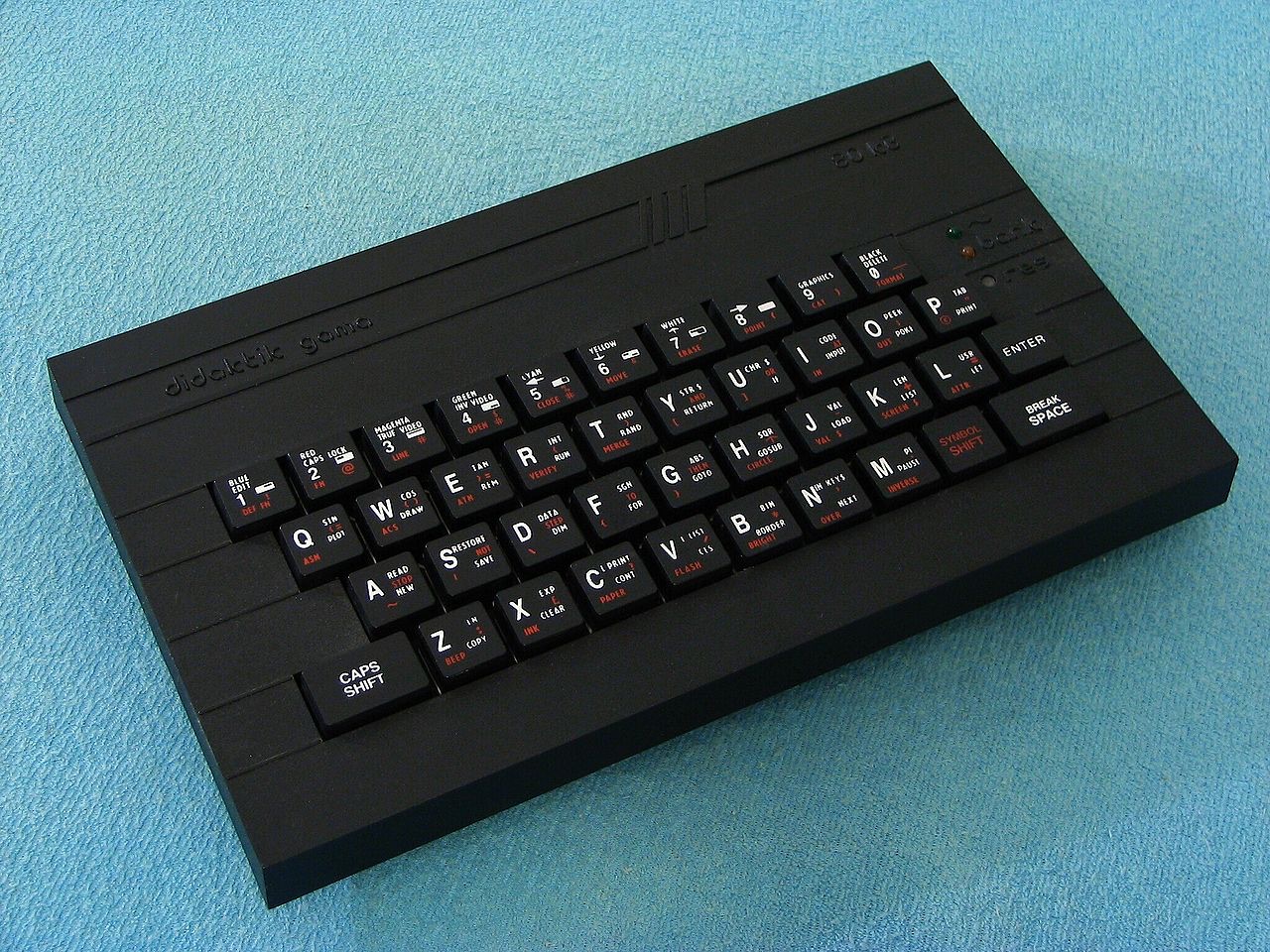 During the cold war, the CoCom (Coordinating Committee for Multilateral Export Controls) embargo denied the export of modern
technology, like CPU chips, to the Soviet bloc. In response, Eastern countries reverse-engineered chips and made their own copies. In places like Soviet satellite-state Czechoslovakia, hobbyist scenes sprang up, de-
spite the unavailability of parts and internal legal restrictions placed
on software sales. In 1987 Czech manufacturer of school supplies Didaktik Skalica, created a computer named Didaktik Gama – a clone of ZX Spectrum, extended with 8255 PIO and with RAM expanded to 80
kB.
During the cold war, the CoCom (Coordinating Committee for Multilateral Export Controls) embargo denied the export of modern
technology, like CPU chips, to the Soviet bloc. In response, Eastern countries reverse-engineered chips and made their own copies. In places like Soviet satellite-state Czechoslovakia, hobbyist scenes sprang up, de-
spite the unavailability of parts and internal legal restrictions placed
on software sales. In 1987 Czech manufacturer of school supplies Didaktik Skalica, created a computer named Didaktik Gama – a clone of ZX Spectrum, extended with 8255 PIO and with RAM expanded to 80
kB.
Homebrew Czechoslovak games from the time eluded censorship. Many were Textovka, a localized style of text-adventure that was unforgiving to play— stories that required typing in shorthanded verbs and cardinal directions to explore. Recently, I played through a collection of Slovak games translated as part of a project sponsored by the Slovak Design Museum. The more I played, what initially felt like poor game design resolved into a very specific flavor of dark humor about the futility and superficiality of choice, punishing arbitrary choices (sometimes the very first choice the player makes) with instant death. A few of the games also presented a distorted echo of western media and brand fetishism as seen through the eyes of their teenage programmers, imaging a world of abundance and freedom, in stark contrast to the actual experiences of many young Spectrum users in the UK. The difference in access to these devices themselves though, could not have been more glaring. In comparison to the flood of cheap computers in the UK, less than 2% of the Czechoslovak population owned a computing device during this period (Reed 2021).
- Reed, Aaron A. 2021. “1988: P.R.E.S.T.A.V.B.A.” Substack Newsletter. 50 Years of Text Games.